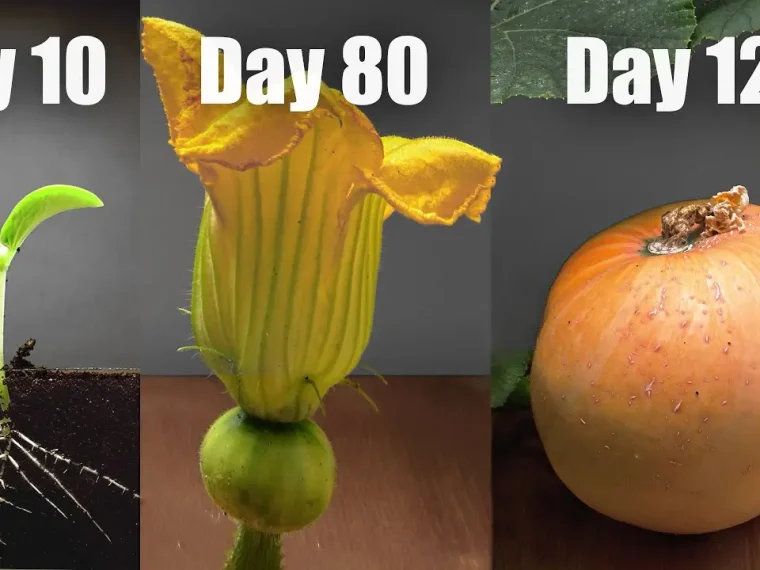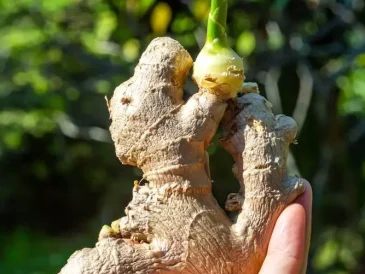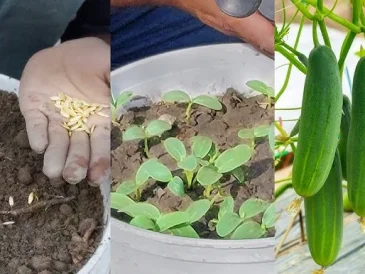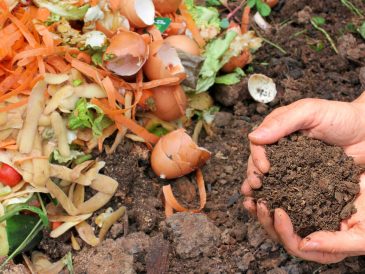If you’ve ever thought about growing your own pumpkins, now’s the perfect time to dive in. Not only are pumpkins a fantastic addition to your fall décor, but they also make a tasty ingredient for everything from pies and soups to savory sides.
Whether you’re hoping to harvest giant pumpkins for a Halloween display or small, sweet varieties for cooking, this guide will help you successfully grow them right in your backyard.
Let’s explore how to plant, care for, and harvest your pumpkins with ease!
Fun Facts About Pumpkins: More Than Just Fall Décor
Before you get started, it’s fun to know a bit about pumpkins beyond their seasonal fame.
- Family: Pumpkins belong to the Cucurbitaceae family, which includes cucumbers, melons, and squashes.
- Etymology: The word “pumpkin” comes from the Greek word “pepon,” meaning large melon.
- Origin: Native to the southwestern U.S. and parts of South America, pumpkins have been cultivated since around 3,500 BC.
- Cultural Importance: Once used for food and woven into mats, pumpkins are now a staple in fall festivals and Thanksgiving meals, especially in the form of pumpkin pie.
Now that you know a little about pumpkins, let’s move on to the nitty-gritty of growing them!
Step-by-Step Guide to Growing Pumpkins
Growing pumpkins is a fun and rewarding experience, but it requires some planning. Here’s what you need to know to ensure a successful pumpkin harvest.
1. Understanding Pumpkin Space Requirements
Pumpkins are not a “small space” plant. Their vines can stretch up to 20 feet or more, so they need plenty of space to spread out.
- If you have a large garden: Let the vines grow naturally, guiding them where you want them to go early on.
- Limited space? Consider smaller varieties like Jack Be Little for decoration or Sugar Pie for cooking—these are compact but still offer delicious results.
2. Timing: When to Plant Your Pumpkin Seeds
Timing plays a key role in your pumpkin success. Here’s how to get the timing just right:
- Soil temperature matters: Wait until the soil temperature reaches at least 60°F (15°C) to ensure frost won’t damage your seeds.
- Ideal planting time: Early June is often best, as it provides warm soil for optimal growth.
- Start indoors: Consider starting your seeds indoors about 3 weeks before planting outdoors to give them a jump start.
3. Best Location for Your Pumpkins
Pick a sunny spot with rich, well-draining soil. Pumpkins love the sun and need good drainage to thrive.
- Raised “hills” are ideal for planting your seeds. Not only do they warm up faster, but they also allow for better drainage—perfect for the growing pumpkins.
4. Feeding and Watering Your Pumpkins
Pumpkins are heavy feeders, meaning they’ll need a good amount of fertilizer and water to thrive. Here’s how to ensure they grow strong and healthy:
Fertilizing
- Use an all-purpose vegetable fertilizer and enrich the soil with compost or manure.
Watering
- Deep watering is essential. Aim for 1 inch of water each week to encourage deep root growth.
- If the leaves wilt on hot days but perk up at night, they’re likely fine. However, always ensure deep watering rather than just surface misting.
- Mulch around the plants helps keep the soil moist and suppresses weeds. Just be sure to avoid wetting the pumpkin leaves, as this can lead to rot.
5. Managing Pests and Diseases
Pumpkins are vulnerable to pests and diseases, but with some care, you can protect them effectively.
Common Pests
- Cucumber beetles: These pests can damage foliage and seedlings. Use garden fabric to shield young plants.
- Squash vine borers and leaf miners are also common. Companion plants like onions and leeks can help deter these pests.
Common Diseases
- Powdery mildew and downy mildew can affect pumpkins, especially in humid climates. Regular weeding and good garden hygiene can help minimize these issues.
Tips for Healthy Pumpkin Growth
Now that you’ve got the basics down, here are a few tips to help your pumpkins grow strong and beautiful.
1. Support Your Vines
To avoid rotting and ensure even coloring, try to elevate your pumpkins off the soil. You can use supports or even rotate the pumpkins weekly to keep them off the ground.
2. Attract Pollinators
Bees are essential for pollination, so consider adding bee houses to your garden. But be cautious—avoid insecticides during flowering, as they can harm pollinators.
3. Be Gentle with Your Vines
Pumpkin vines are surprisingly delicate despite their strength. Handle them gently to avoid damaging them, which could impact the health of your pumpkins.
4. Pinch Off Extra Vines
Once a few pumpkins have formed, pinch off the tips of the vines. This helps the plant focus its energy on growing fruit, resulting in healthier pumpkins.
5. Protect Ripening Pumpkins
Place cardboard or another flat material underneath ripening pumpkins to prevent rot or insect damage. It helps keep them off the damp soil.
Harvesting Your Pumpkins
Your pumpkins are ready to harvest when they have fully developed, their skin is firm, and they display vibrant color.
- Timing: Harvest before the first heavy frost. This ensures that your pumpkins stay fresh for decoration or cooking.
- Harvesting method: Use pruning shears to clip the pumpkin’s stem. Leave about 2-4 inches of stem attached to each pumpkin, which helps them stay fresh longer.
Additional Pumpkin Growing Tips
- Start small: If you’re new to growing pumpkins, try with just one or two plants until you get the hang of it.
- Companion plants: Consider planting corn or beans alongside your pumpkins. These plants can help create a balanced ecosystem in your garden.
- Give them space: Pumpkins are notorious for sprawling, so make sure they have plenty of room to spread out.
Wrapping Up: Enjoy Your Homegrown Pumpkins
With the right care, growing your own pumpkins is both easy and enjoyable. Once your pumpkins are ready, you can use them for everything from fall decorations to delicious meals. Imagine cozy autumn nights with homemade pumpkin pie or a rich, creamy pumpkin soup.
So, roll up your sleeves, start your pumpkin patch, and watch as your garden transforms into a vibrant, pumpkin-filled paradise!
Ready to Get Started?
What are you waiting for? Grab some seeds, pick a sunny spot, and begin your pumpkin-growing adventure today! Whether you’re aiming for big, decorative pumpkins or small, sweet ones for cooking, you’ll find joy in every step of the process. Happy gardening!
Call to Action:
Are you excited to grow your own pumpkins this season? Share your gardening journey with us! What pumpkin varieties are you planning to grow? Let us know in the comments below or on social media!




